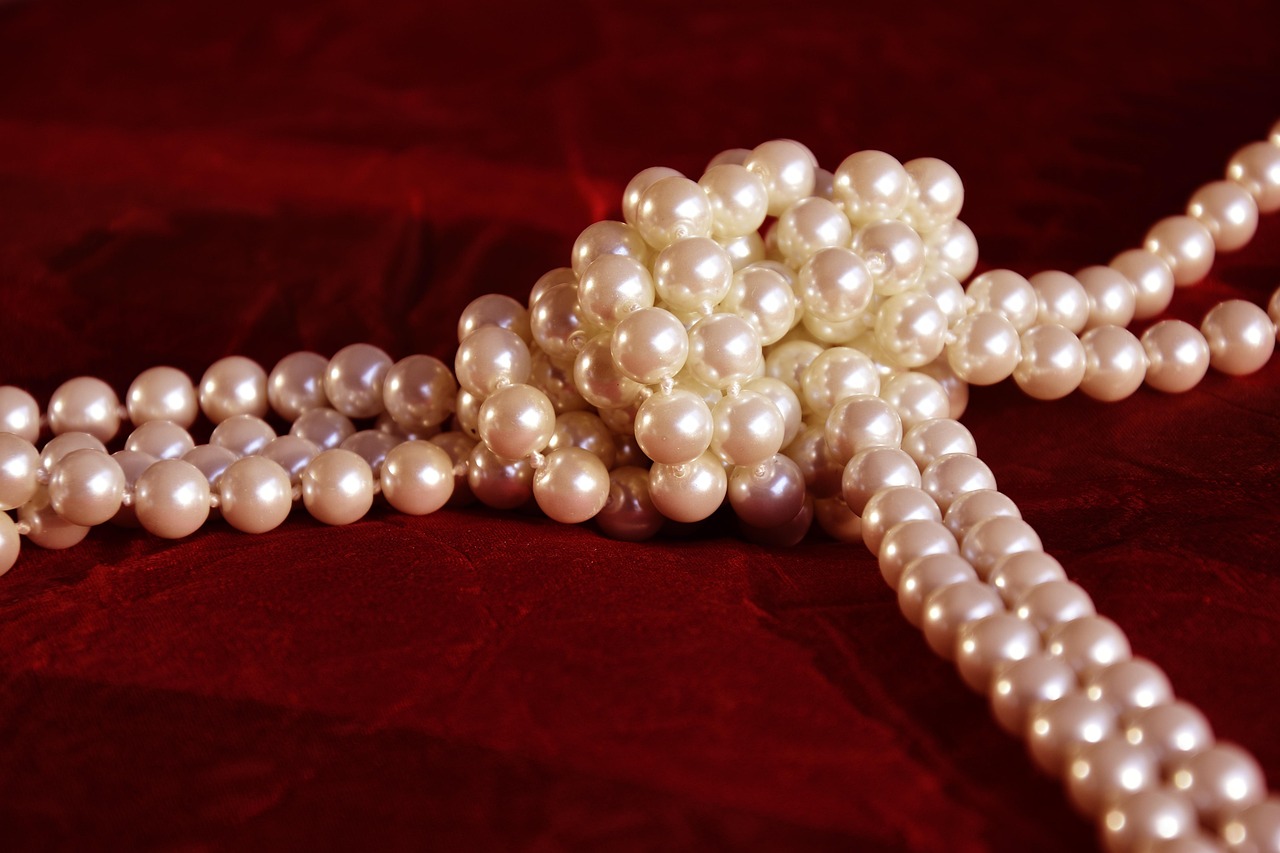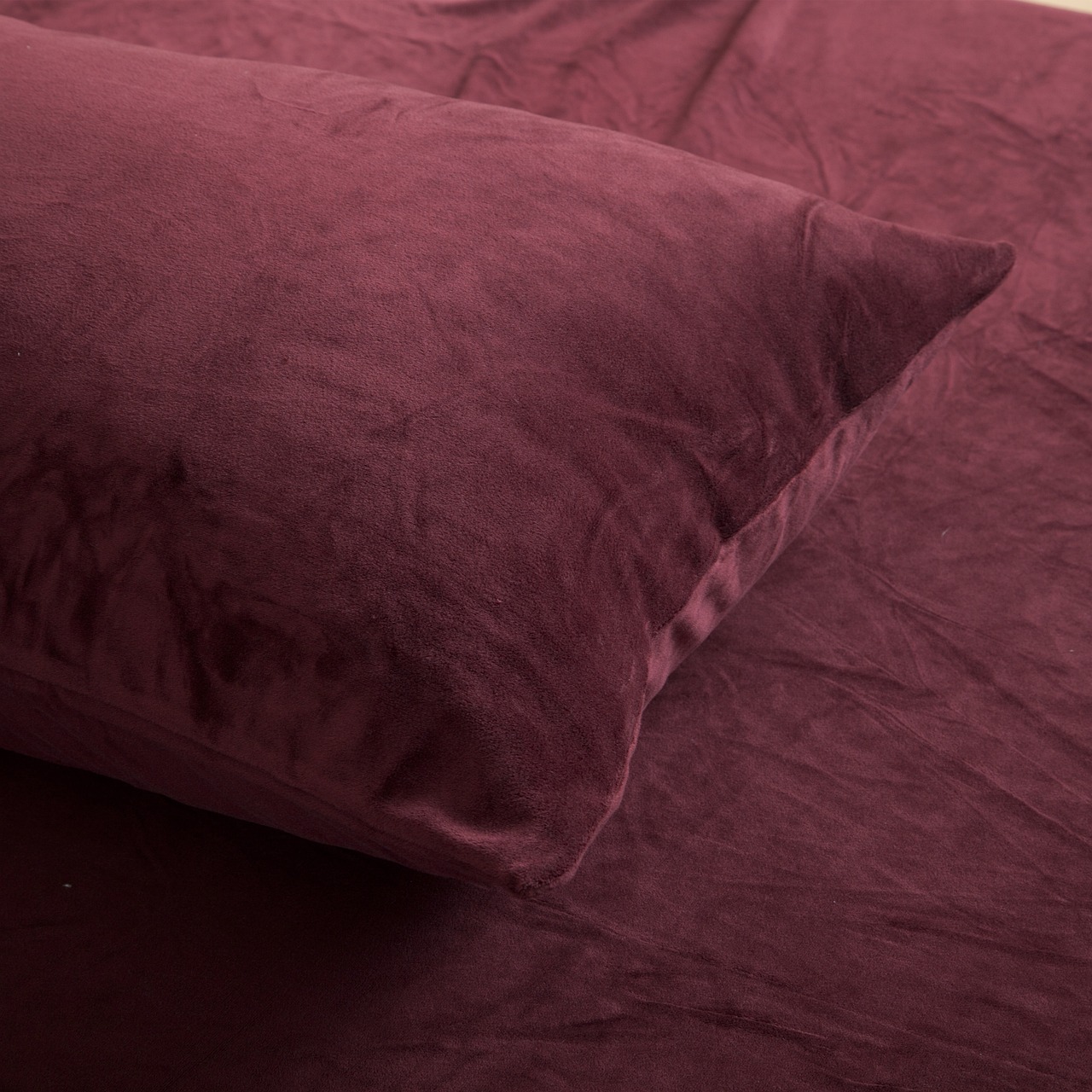The Antoro Velvet Alocasia is a stunning tropical plant known for its dramatic, velvety leaves and striking appearance. With the right care, it can thrive indoors or in a garden setting, making it a favorite among plant enthusiasts.
Understanding Antoro Velvet Alocasia

The Antoro Velvet Alocasia, scientifically known as Alocasia ‘Antoro,’ belongs to the family Araceae. This plant is native to tropical regions and is prized for its unique foliage. The leaves are dark green, often with a velvety texture, which adds to its allure. The distinct shape and pattern of the leaves make it a standout choice for indoor decor.
One of the key aspects of the Antoro Velvet Alocasia is its growth habit. This plant typically grows to about 2 to 3 feet tall and can spread up to 2 feet wide. It thrives in a warm, humid environment, mimicking its natural habitat. Proper care involves understanding its light, water, humidity, and soil requirements.
Key Factors for Successful Growth
To ensure the success of your Antoro Velvet Alocasia, consider the following essential factors:
| Factor | Details |
|---|---|
| Light | Bright, indirect sunlight is ideal. Avoid direct sunlight as it may scorch the leaves. |
| Water | Keep the soil consistently moist but not soggy. Water when the top inch of soil feels dry. |
| Humidity | High humidity levels are preferred. Aim for 60% or higher for optimal growth. |
| Soil | Use a well-draining potting mix that retains moisture without becoming waterlogged. |
Light Requirements
The Antoro Velvet Alocasia needs bright, indirect sunlight to flourish. Direct sunlight can damage the leaves, causing them to fade or burn. If you are growing this plant indoors, place it near a window with filtered light. A sheer curtain can help diffuse harsh sunlight while still providing adequate brightness.
Watering Practices
Watering is crucial for the health of your Alocasia. It is best to water when the top inch of soil feels dry to the touch. Overwatering can lead to root rot, while underwatering can cause the leaves to droop and lose their vitality. A good rule of thumb is to check the soil moisture regularly and adjust your watering schedule accordingly.
Humidity Levels
This plant thrives in high humidity. If you live in a dry climate or during winter months when indoor air can become dry, consider using a humidifier. Alternatively, you can place a tray filled with water and pebbles beneath the pot to increase humidity levels around the plant. Regular misting can also help maintain moisture in the air.
Soil Composition
The right soil mix is essential for the Antoro Velvet Alocasia. A well-draining potting mix that retains moisture is ideal. You can create your own mix by combining potting soil with perlite or orchid bark to enhance drainage. This will help prevent waterlogged conditions that can harm the roots.
By understanding these key aspects of light, water, humidity, and soil requirements, you can set your Antoro Velvet Alocasia on the path to thriving health and beauty in your home or garden.
Fertilization Techniques
Proper fertilization is crucial for the growth and vigor of your Antoro Velvet Alocasia. Providing the right nutrients will help the plant produce lush foliage and maintain overall health. Here are some essential tips for fertilizing your Alocasia:
- Type of Fertilizer: Use a balanced, water-soluble fertilizer with an equal ratio of nitrogen, phosphorus, and potassium (N-P-K). A formula such as 20-20-20 works well.
- Frequency: During the growing season, typically spring and summer, fertilize every four to six weeks. In the fall and winter, reduce feeding as the plant’s growth slows.
- Dilution: Always dilute the fertilizer to half-strength to avoid over-fertilizing, which can damage the roots.
- Application: Apply fertilizer to moist soil to prevent root burn. Water the plant thoroughly before applying the fertilizer solution.
Pest and Disease Management
The Antoro Velvet Alocasia can be susceptible to certain pests and diseases. Being proactive in pest management is key to keeping your plant healthy. Here are common pests and effective ways to manage them:
Common Pests
- Spider Mites: These tiny pests thrive in dry conditions. Look for webbing or yellowing leaves. Increase humidity and treat with insecticidal soap.
- Mealybugs: These pests appear as white, cottony masses on the leaves. Remove them by hand or use neem oil for treatment.
- Scale Insects: Scale looks like small bumps on stems and leaves. Manually remove them with a soft cloth and apply insecticidal soap.
Diseases
Common diseases that can affect the Antoro Velvet Alocasia include root rot and leaf spot. Here’s how to identify and manage these issues:
- Root Rot: Caused by overwatering, root rot leads to yellowing leaves and mushy roots. Ensure proper drainage and reduce watering frequency.
- Leaf Spot: This disease appears as dark spots on leaves, often due to fungal infections. Remove affected leaves and improve air circulation around the plant.
Repotting Your Antoro Velvet Alocasia
Repotting is necessary for maintaining healthy growth in your Antoro Velvet Alocasia. This process allows the plant to refresh its soil and provides more space for root expansion. Here are steps to follow when repotting:
- Select a New Pot: Choose a pot one size larger than the current one, ensuring it has drainage holes.
- Prepare New Soil: Use a fresh potting mix that retains moisture but drains well, as discussed earlier.
- Remove the Plant: Gently take the plant out of its current pot. Be careful not to damage the roots.
- Inspect Roots: Check for any signs of rot or damage. Trim away any unhealthy roots with sterilized scissors.
- Transplant: Place the plant in the new pot, filling it with fresh soil around the roots. Ensure it is at the same depth as it was in the previous pot.
- Water Thoroughly: After repotting, water the plant well to help settle the soil around the roots.
Propagation Methods
If you want to expand your collection of Antoro Velvet Alocasia or share with friends, propagation is a rewarding process. The most common method for propagating this plant is through division.
Propagation by Division
- Timing: The best time to propagate is during spring when the plant is actively growing.
- Prepare Your Tools: Use clean, sharp scissors or a knife for cutting and avoid damaging the roots.
- Remove from Pot: Carefully take the plant out of its pot and gently separate the root ball into sections, ensuring each section has several healthy leaves and roots.
- Potted Sections: Plant each section in its own pot with appropriate soil mix as mentioned earlier.
- Watering Care: Water lightly after planting and provide warmth and humidity to encourage growth.
By following these guidelines for fertilization, pest management, repotting, and propagation, you can ensure that your Antoro Velvet Alocasia remains vibrant and healthy throughout its life cycle.
Common Issues and Troubleshooting
Even with the best care, your Antoro Velvet Alocasia may encounter some issues. Recognizing and addressing these problems promptly can help maintain the health of your plant. Here are some common issues you might face and how to troubleshoot them:

Yellowing Leaves
Yellowing leaves can be a sign of various issues, including overwatering, nutrient deficiency, or inadequate light. Here’s how to address these concerns:
- Overwatering: Check the soil for moisture. If it’s soggy, reduce watering frequency and ensure proper drainage.
- Nutrient Deficiency: If the yellowing appears on older leaves, it may be time to fertilize. Implement a balanced fertilizer as previously discussed.
- Inadequate Light: Move your plant to a location with more indirect light if it is receiving too little.
Wilting Leaves
Wilting leaves can indicate underwatering or root issues. To troubleshoot:
- Underwatering: Check the soil; if it feels dry, give the plant a thorough watering.
- Root Problems: If wilting persists after watering, inspect the roots for rot or damage. Repot if necessary.
Brown Leaf Tips
Browning at the tips of leaves can signify low humidity or inconsistent watering. Here’s how to remedy this:
- Humidity: Increase humidity around the plant by misting regularly or using a humidity tray.
- Watering Practices: Ensure that you are providing consistent moisture without allowing the soil to dry out completely.
Seasonal Care Adjustments
Your Antoro Velvet Alocasia will have different needs throughout the seasons. Understanding these seasonal adjustments will help optimize its growth year-round.
Spring and Summer Care
During the growing season, your Alocasia will thrive with increased light and warmth. Consider these care tips:
- Watering: Increase watering frequency as temperatures rise. Keep the soil consistently moist but not soggy.
- Fertilizing: Feed your plant every four to six weeks with a balanced fertilizer to support new growth.
- Humidity: Maintain high humidity levels to support lush foliage. Regular misting is beneficial.
Fall and Winter Care
<pAs temperatures drop and daylight hours decrease, your Antoro Velvet Alocasia will enter a period of dormancy. Adjust care as follows:
- Watering: Reduce watering frequency. Allow the top inch of soil to dry out between waterings.
- Fertilizing: Halt fertilization during the fall and winter months as growth slows significantly.
- Light Conditions: Ensure your plant still receives adequate light. You may need to move it closer to a light source.
Alternative Growing Methods
I

f you want to explore different ways to grow your Antoro Velvet Alocasia, consider these alternative methods:
Hydroponics
Growing Alocasia in a hydroponic system can be a fascinating way to cultivate this plant. In hydroponics, plants grow in a nutrient-rich water solution instead of soil. Here are some important points to consider:
- Nutrient Solution: Use a well-balanced nutrient mix designed for hydroponics.
- Aeration: Ensure that the roots receive adequate oxygen. Systems like deep water culture work well for this type of plant.
- Pest Management: Hydroponics may reduce certain pests but remain vigilant against root rot and algae growth.
Aquaponics
Aquaponics combines fish farming with plant cultivation, creating a symbiotic environment. This method can be effective for growing Antoro Velvet Alocasia as well:
- Sustainable System: Fish waste provides nutrients for the plants, while plants help filter the water for fish.
- Caring for Fish: Choose fish that thrive in similar water conditions as your Alocasia.
- Water Quality: Monitor pH levels and ensure clean, clear water for both plants and fish health.
By being proactive in addressing potential issues and adjusting care according to seasonal changes, you can cultivate a thriving Antoro Velvet Alocasia. Additionally, exploring alternative growing methods may enhance your gardening experience while expanding your plant collection.
Advanced Care Techniques
As you become more experienced with your Antoro Velvet Alocasia, there are advanced care techniques you can implement to enhance its growth and overall health. These methods can help you achieve optimal conditions for your plant while also providing a unique gardening experience.
Leaf Care and Maintenance
Proper leaf care is essential for the Antoro Velvet Alocasia. The beautiful velvety texture of the leaves not only adds aesthetic value but also plays a role in the plant’s ability to photosynthesize. Consider the following tips:
- Dusting Leaves: Regularly dust the leaves with a damp cloth to prevent dust buildup. This helps the plant absorb light more effectively.
- Pruning: Remove any yellow or damaged leaves to encourage new growth. Pruning can also improve air circulation around the plant.
- Checking for Pests: Regularly inspect the undersides of leaves for pests like spider mites and mealybugs. Early detection can prevent infestations.
Seasonal Adjustments for Light Exposure
The amount of natural light your Antoro Velvet Alocasia receives can change with the seasons. Adjusting its placement based on seasonal light availability can optimize its growth:
- Spring/Summer: During these months, ensure your plant receives bright, indirect sunlight. If it is placed near a window, consider using sheer curtains to filter harsh rays.
- Fall/Winter: As days shorten, you may need to move your plant closer to a light source or supplement with grow lights to maintain optimal growth conditions.
Environmental Considerations
T

he Antoro Velvet Alocasia thrives best in environments that mimic its native tropical habitat. Here are some environmental factors to consider for optimal growth:
Temperature Preferences
This plant prefers warm temperatures between 65°F to 80°F (18°C to 27°C). Sudden temperature changes or exposure to cold drafts can stress the plant. To maintain stable conditions:
- Avoid Cold Drafts: Keep your plant away from air conditioning vents and open windows during colder months.
- Temperature Monitoring: Use a thermometer to monitor the temperature in the room where your Alocasia is located.
Air Circulation
Good air circulation is essential for preventing fungal diseases and promoting healthy growth. You can improve air circulation by:
- Spacing: Ensure your Antoro Velvet Alocasia is not crowded by other plants, allowing airflow around its leaves.
- Fans: If growing indoors, consider using a small fan to promote air movement, especially in humid conditions.
Final Thoughts
Caring for an Antoro Velvet Alocasia can be a rewarding experience that enhances both your living space and gardening skills. By implementing the right care techniques, you can ensure this stunning plant thrives in your home. Remember that each plant is unique, and observing its behavior will help you tailor your care approach.
Key takeaways include the importance of maintaining proper light, humidity, and watering practices. Additionally, being vigilant about pests and diseases will allow for timely intervention when issues arise. As you explore advanced techniques and environmental considerations, you will deepen your understanding of this remarkable plant.
In conclusion, whether you are a beginner or an experienced gardener, the Antoro Velvet Alocasia offers beauty and joy in your home. With the knowledge gained from this guide, you are well-equipped to enjoy the journey of growing and nurturing your Alocasia successfully.
Your commitment to understanding and meeting the needs of your Antoro Velvet Alocasia will ultimately lead to a flourishing plant that enhances your space with its distinctive charm.
